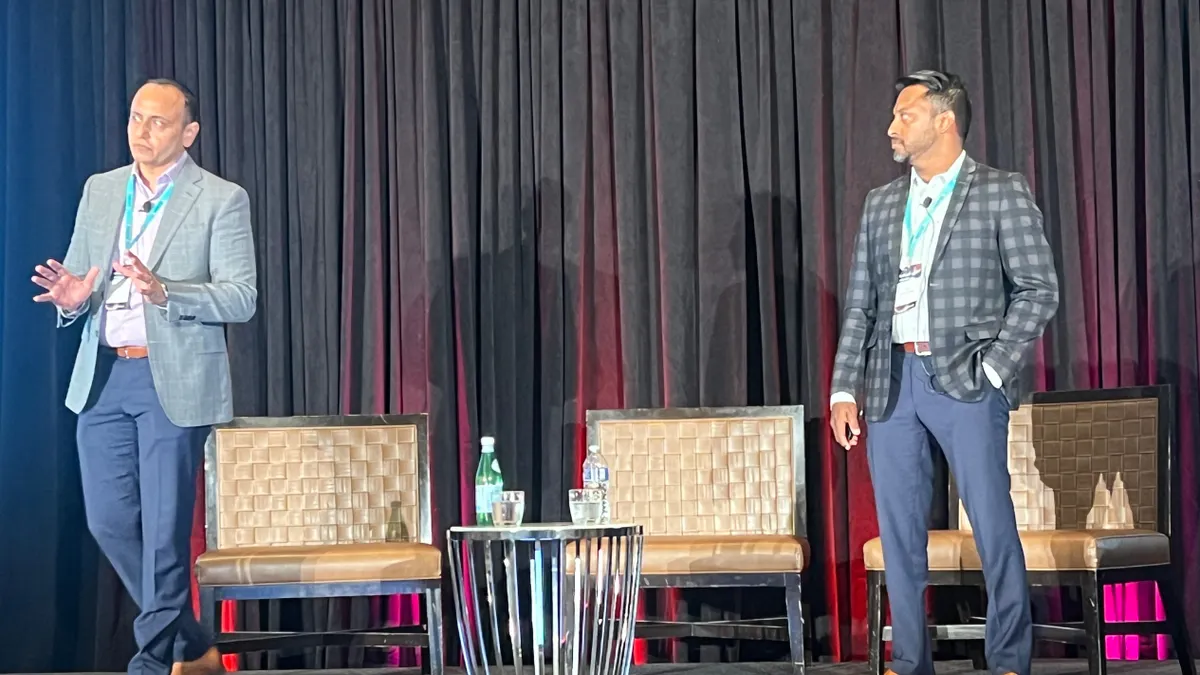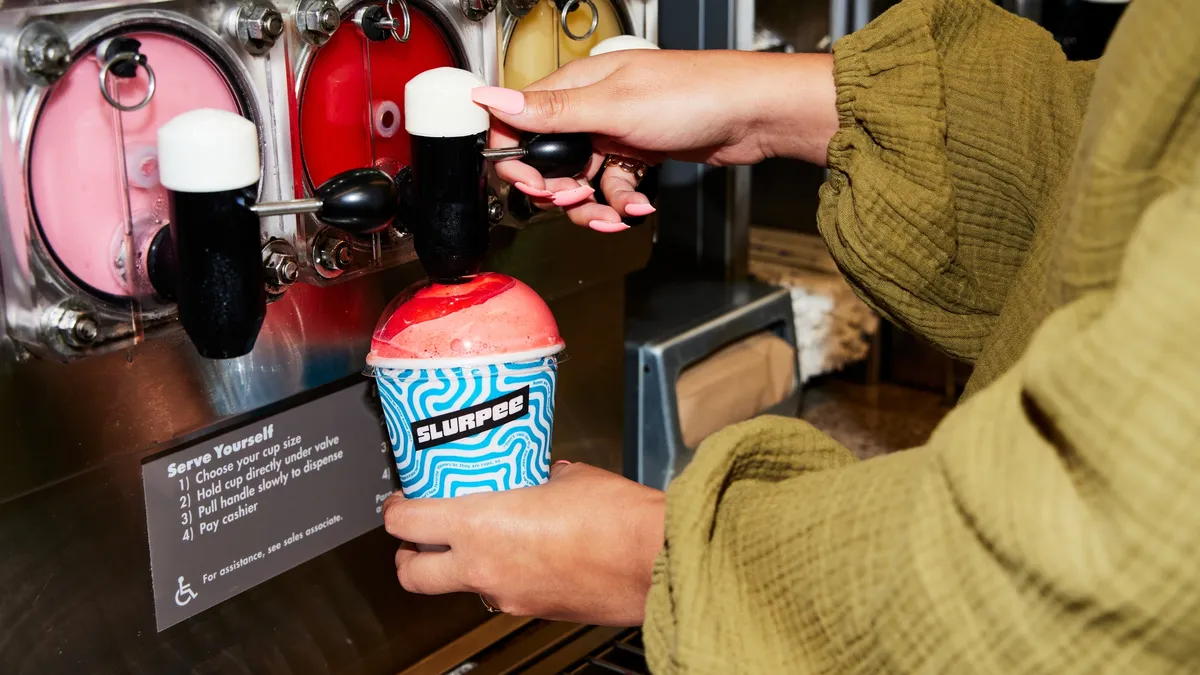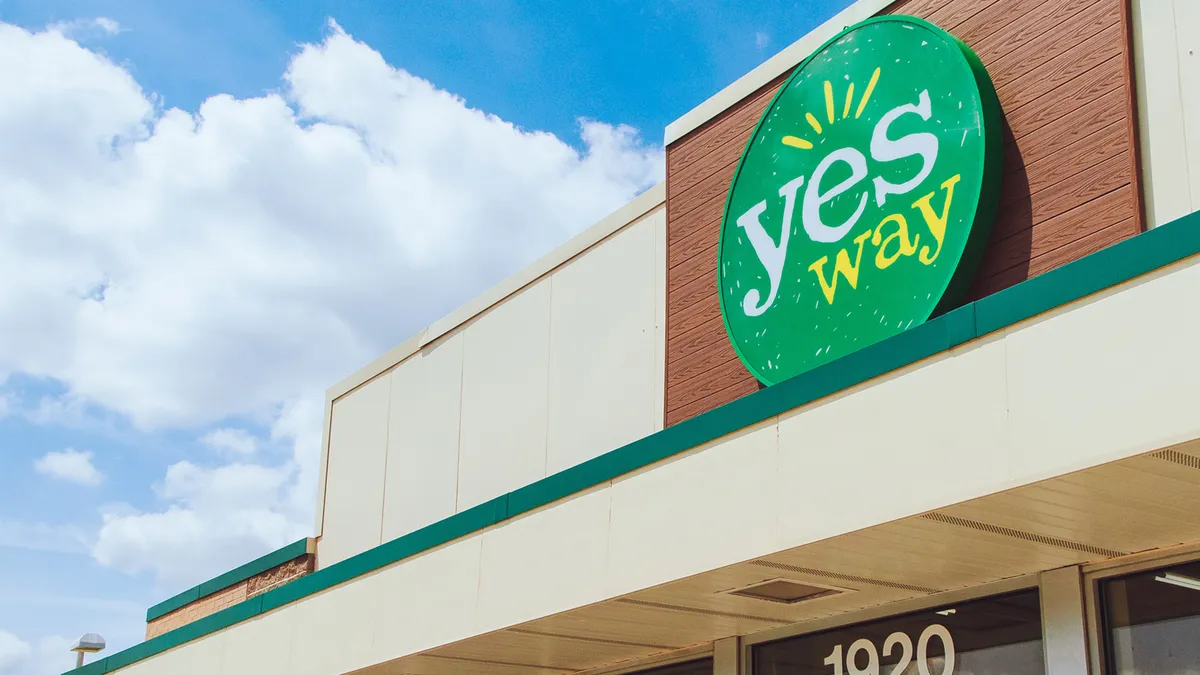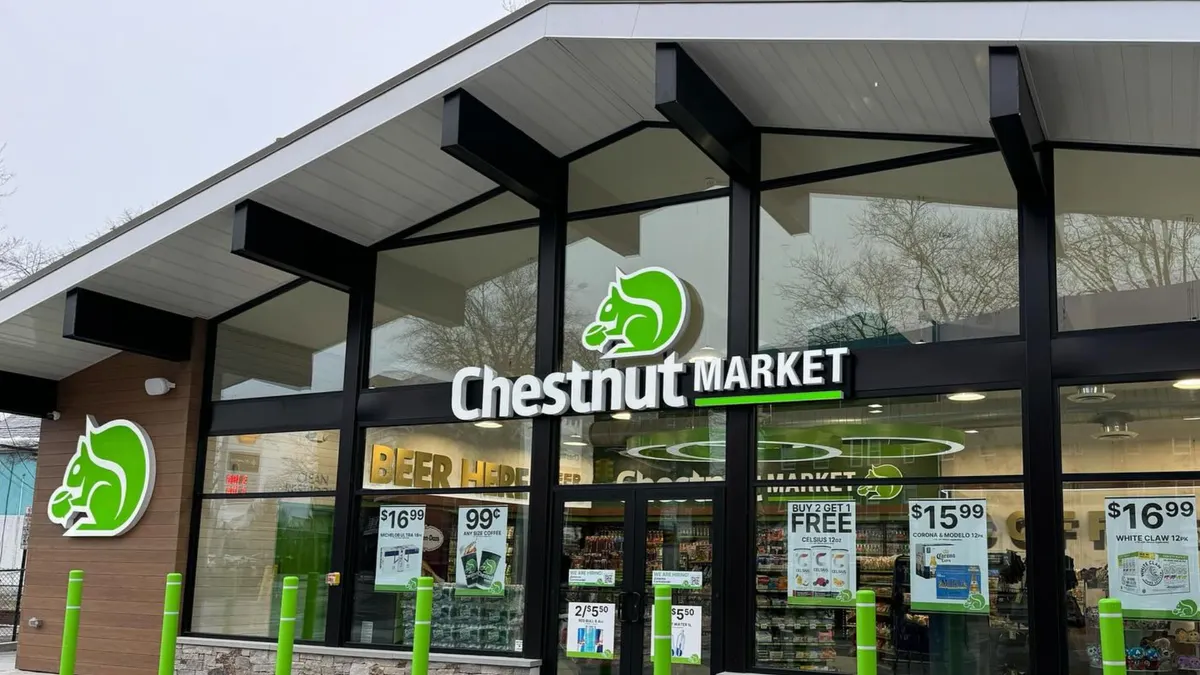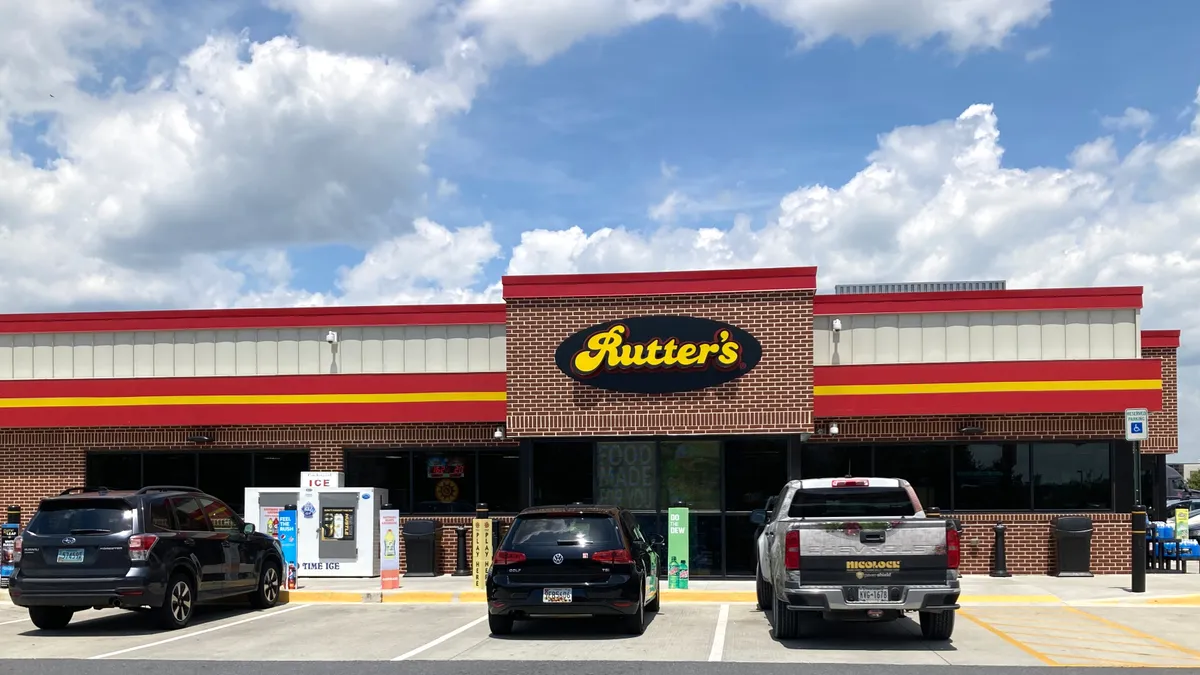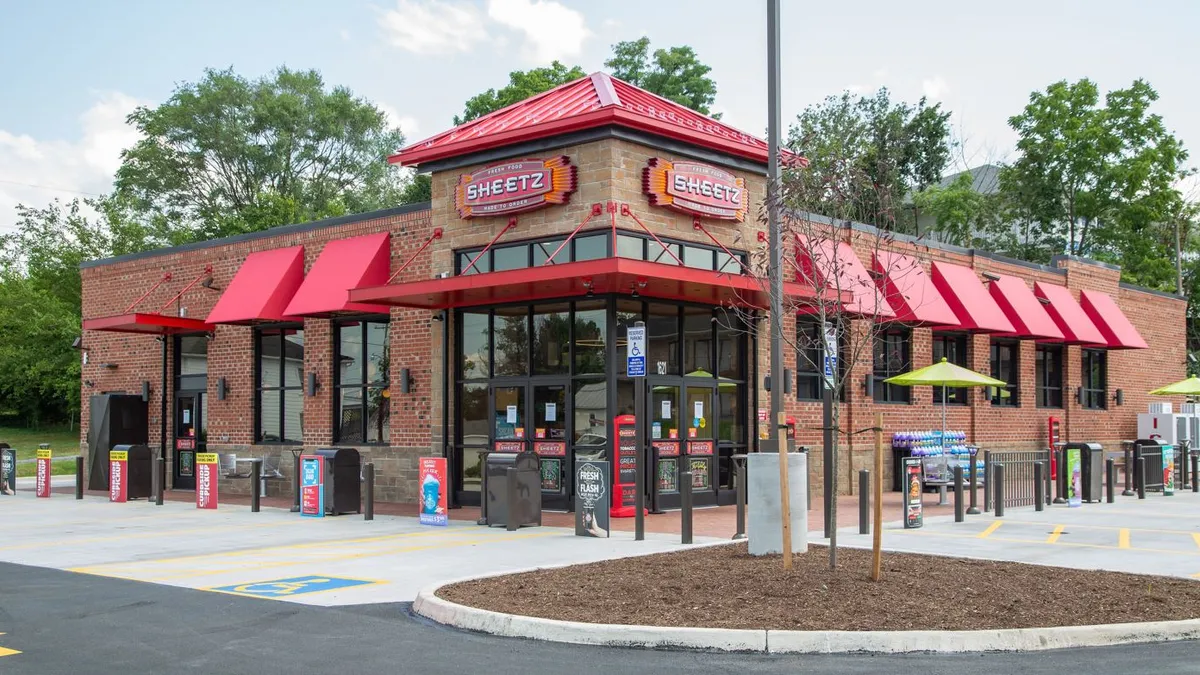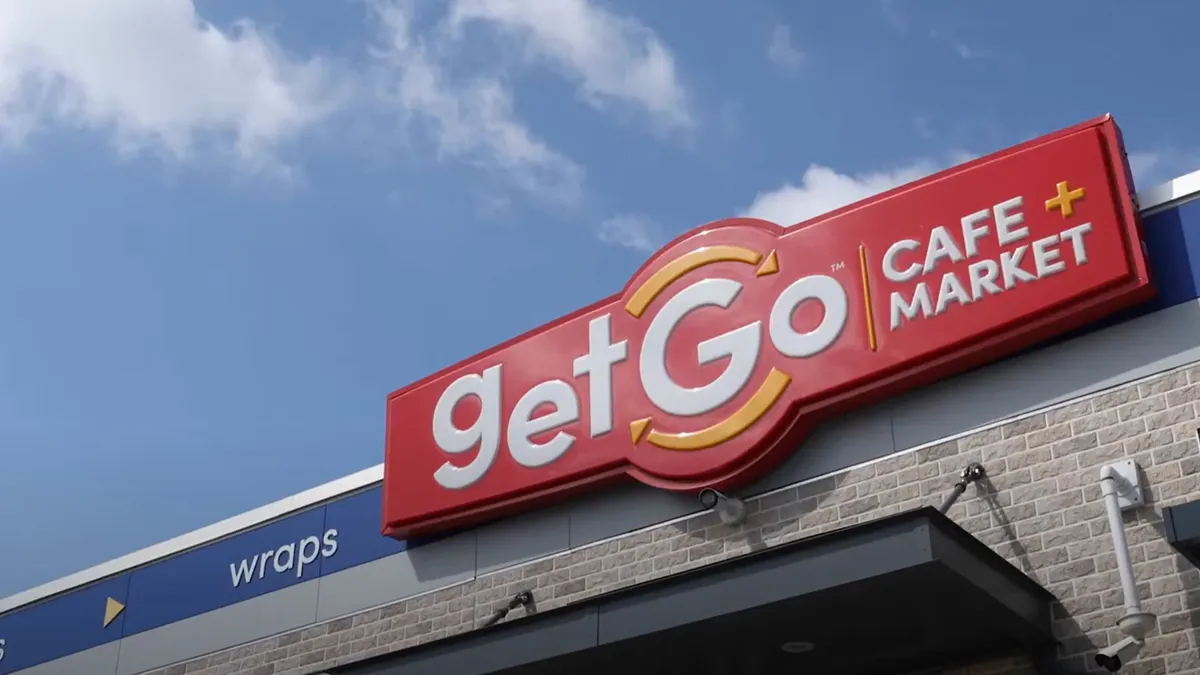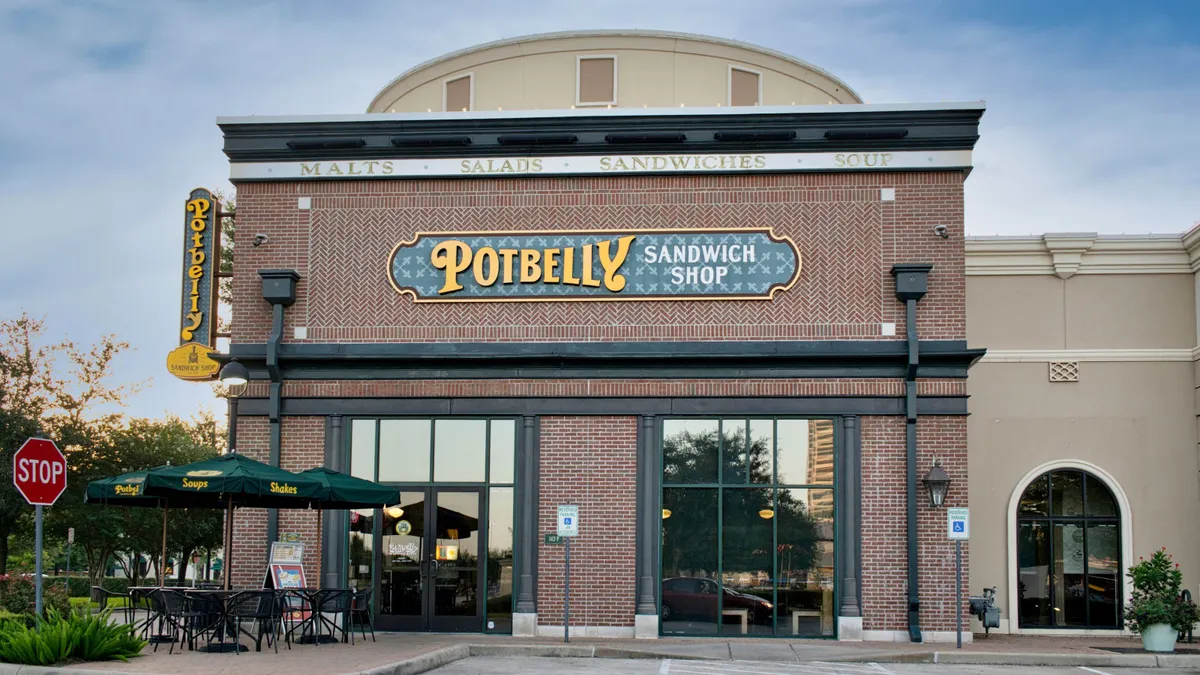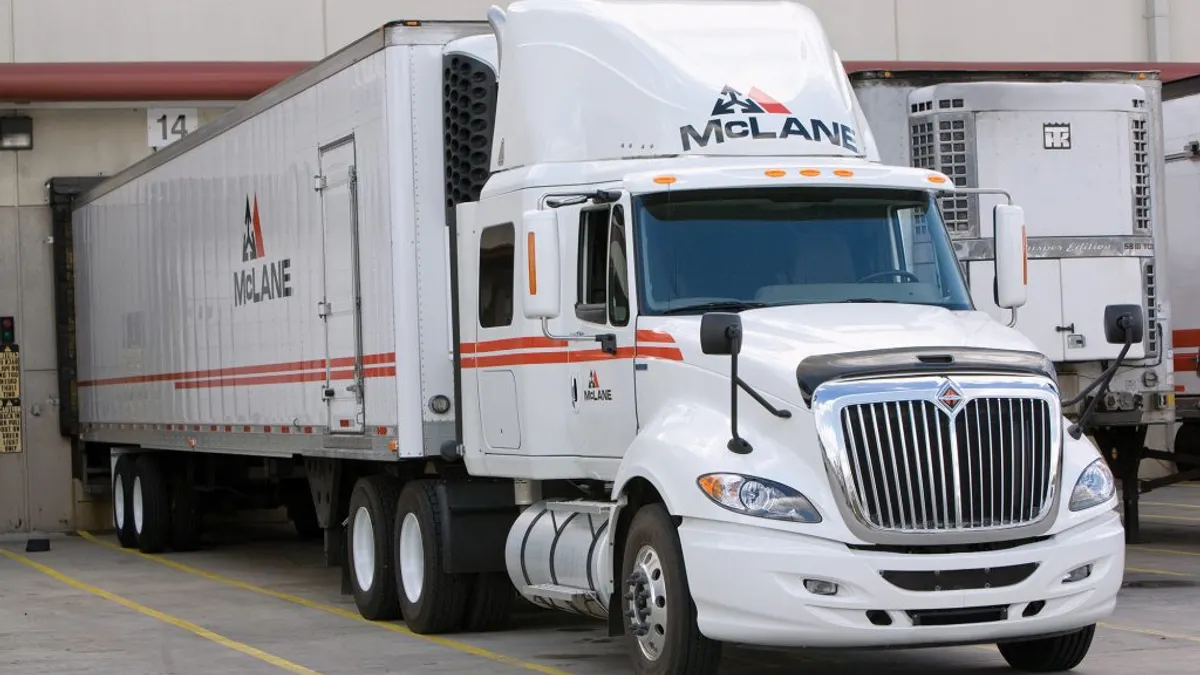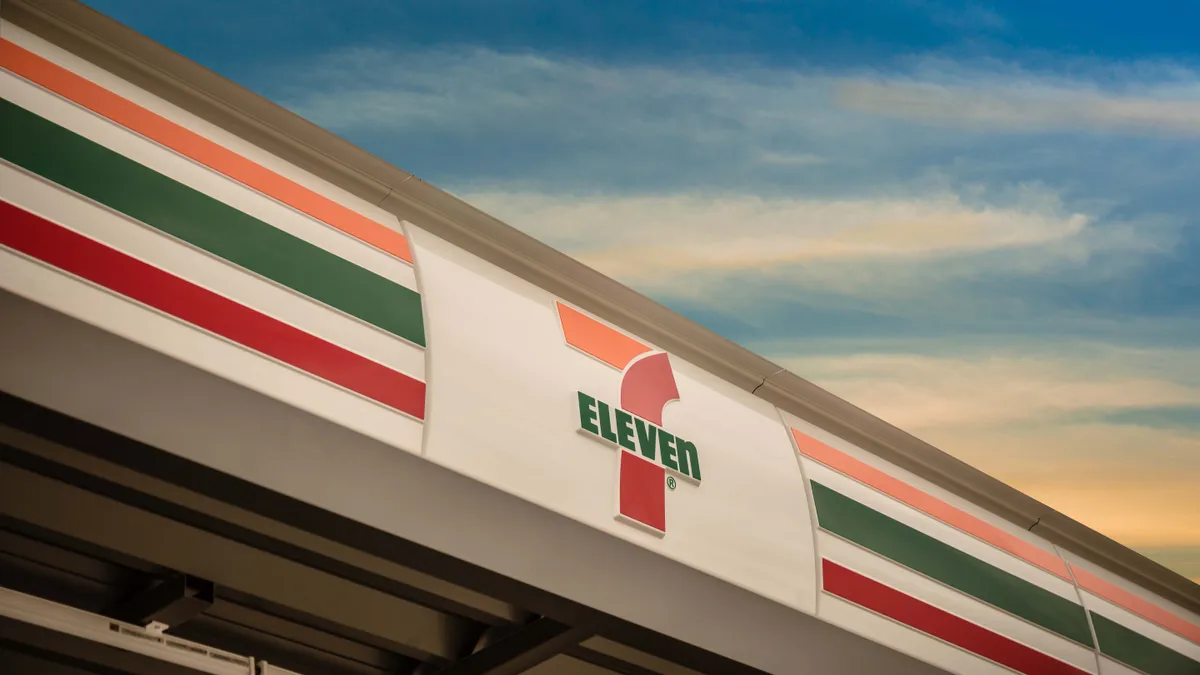Convenience retailers prove year after year that growth through acquisition is one of their top priorities. Although organic growth can ingrain a retailer into a community from the moment the shovels hit the dirt, buying stores immediately plants a brand into an area and is the fastest means of achieving new-store growth.
The industry is well aware of the acquisition pursuits of 7-Eleven, Alimentation Couche-Tard, Casey’s General Stores and other major retailers. But just because these operators grab most of the headlines doesn’t mean smaller, regional players aren’t making their own purchases.
Take K&G Petroleum, which operates about 70 convenience stores across Colorado and Nevada, notably in Denver and Las Vegas. The 35-year-old company, which both franchises 7-Eleven stores and operates its Jenny’s Market banner, often looks to grow both sides of the business through acquisitions, its leaders told a room of c-store execs during the recent Refuel USA forum in Dallas.
The Denver-based retailer, which has made four acquisitions since 2021, targets packages of between five and 25 stores. It has a laundry list of steps it takes during the purchase process that, on a broad scale, can apply to most regional or smaller convenience retailers as well.
“For a company that's sitting at around 70 stores, that's the right size of opportunities we're looking at because it allows us to integrate better and define the strategies,” Satish Chander, chief financial officer for K&G Petroleum, said during the forum.
Painstaking due diligence
When looking to acquire a new site, K&G’s team observes the geography and potential opportunities in the store’s area, as well as the region’s competitive landscape and any city restrictions or regulations that could affect their plans.
K&G also looks at the current volumes coming from the store and the fuel pumps to estimate how that location might perform if transferred to its network, Chander said.
Pawan Preet Nanda, chief operating officer for K&G, said he and his team will drive through the store’s parking lot multiple times in a day to observe customer traffic during peak hours and to see what the lighting looks like in the evening. Inside the store, they’ll check out the coffee and food setup, as well as what type of contribution the store is getting from weaker categories such as beer and cigarettes. They’ll even consider what type of condition the HVAC units are in.

“Everybody has a different way of approaching that from a finance standpoint, but this is how we look at it,” Chander said.
Once this analysis is done, K&G considers what its “true cost” would be post-acquisition, Chander said. This takes into account any maintenance costs they’ll incur once they make the deal as well as any other expenses associated with the purchase.
Chander emphasized that K&G has an internal policy that every time it negotiates contracts, the seller must identify those costs beforehand. Otherwise, K&G won’t touch it.
“It just adjusts the valuation,” Chander said of K&G’s intent on knowing those extra costs.
New markets, new standards
It’s a different ballgame when a smaller retailer is looking to acquire its first sites in a brand-new market. K&G experienced this when it first expanded outside of Colorado. At the time, it was having trouble with approval and permitting processes in Denver, as well as growing competition in the city from operators like QuikTrip and Maverik.
“A lot of times, [QuikTrip and Maverik] drive prices at the pumps below cost in order to acquire substantial shares, and we can’t [do that]” Chander said.
That’s when K&G decided to expand to Las Vegas, which it did through an 11-store deal.
When considering a new market, K&G first analyzes how stable that area is from a profitability perspective, said Nanda. That means examining how each store might perform on its own and contribute to K&G’s bottom line if acquired.
“We’re not just doing an acquisition for the number,” Nanda said. “We’re looking at assets that can perform individually on their own.”
If K&G finds that the stores in question are underperformers, they’ll try to learn if this is because of an operational issue, a location problem or steep competition in the area.
“We look at all those factors once we sign off on the market that we want to be in,” Nanda said.
“We’re not just doing an acquisition for the number. We’re looking at assets that can perform individually on their own.”

Pawan Preet Nanda
Chief operating officer, K&G Petroleum
On a broader level, Nanda said smaller retailers must consider why they want to acquire sites in a new market. In Las Vegas, K&G was attracted to the “additional line of business,” he said.
“In Las Vegas, we have seven slot machines in every store,” he said. “[Each] slot machine will generate anywhere from $80,000 to $200,000 per year.”
Leadership and collaboration are essential to not only making acquisitions, but any big decisions, both executives emphasized. Nanda said that when considering acquiring new stores or even improvements to individual locations, he’ll have as many as 40 team members from across the company in a room discussing the opportunities at hand.
“I stand in front of them as a [leader] at the company saying, ‘We’ll get it done.’”


